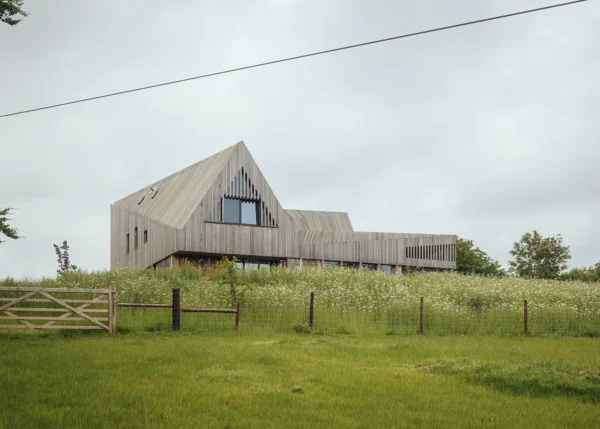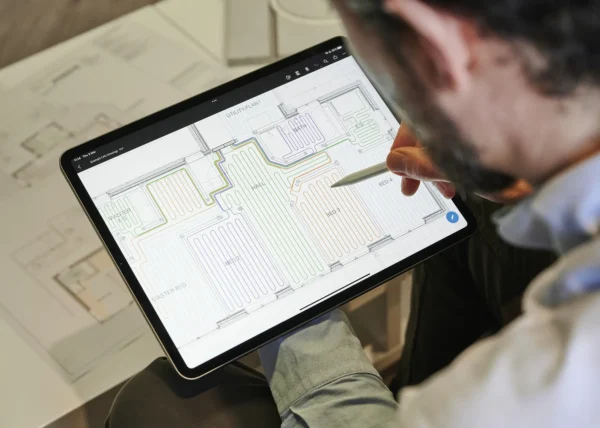Electric Roof Windows: Benefits of Automated Rooflights
Electric roof windows are a popular way to brighten your home. Natural light that comes from the sky is much brighter than what’s reflected off the landscape, so top-down lighting is essential to ensure that a large rear extension doesn’t shroud the rest of the house in darkness. If you’re building a vaulted ceiling, electric roof windows will help you add light and space.
Openable versions help with ventilation, especially in those more humid areas, like kitchens and bathrooms. This could help prevent that well-insulated new attic bedroom from getting too stuffy.
An electric model takes it one step further, offering you the convenience of opening and closing hard-to-reach windows at the touch of a button; and sometimes automatically. App connectivity makes this even easier, though it is an extra.
If you’re planning a wired smart home, the electric windows could be integrated into a ‘goodbye’ button so that when you leave the house, all the lights turn off, the alarms sets and the windows close.

These Keylite centre pivot roof windows are priced from £670
How Do Electric Rooflights Work?
Typically controlled by a switch on the wall, the opening mechanism can either slide across or hinge, depending on how you want to use the window.
A sliding mechanism is particularly handy if you require roof access. Sliding designs will typically sit on a flat roof (though an incline of at least 5° is advisable) and are particularly handy in urban areas, where garden amenity is at a premium. Look out for an upstand to ensure the pitch is right.
Read More: The Best Flat Roof Window Options
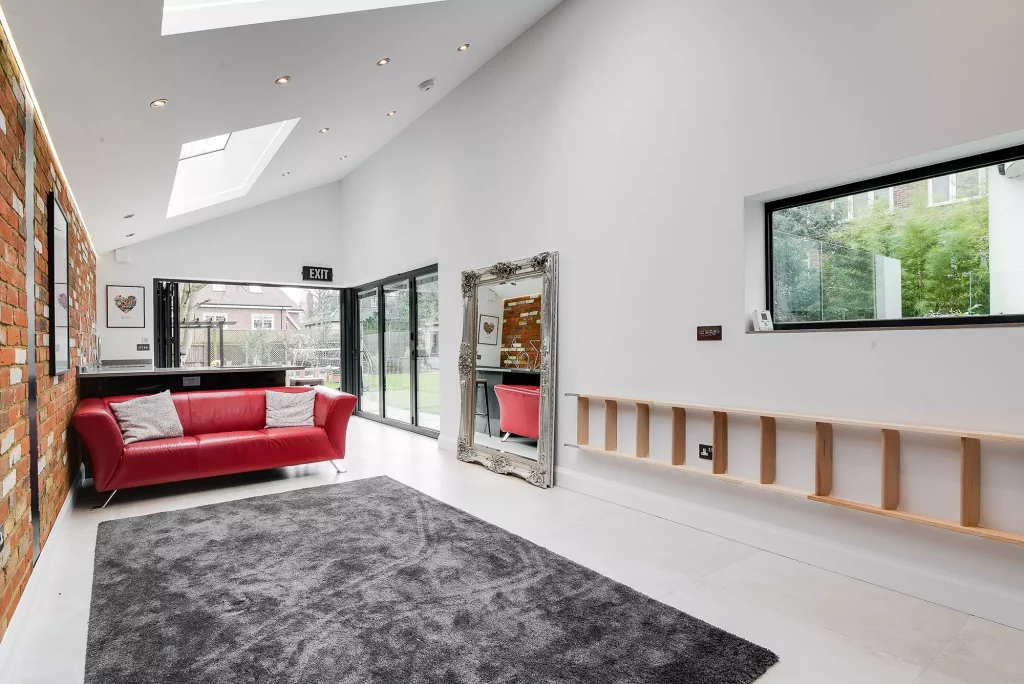
These frameless electrical roof windows are priced from £1,800
If you’re installing an electric roof window to bring fresh air in, then a hinge might be preferable – and cheaper. These are common on pitched roofs, where the window provides light and ventilation, but not necessarily outdoor access.
Smart connectivity is still fairly new to the market, but most models can be upgraded to work with a smartphone app or voice assistants like Amazon’s Alexa.
Rain, temperature and humidity sensors are also handy features that will prompt your window to close automatically if it starts raining, for example, or open it if it gets too warm inside.


Installing an Electric Roof Window
If you’re renovating your home, then you’ll need a roofer, joiner or suitable builder to ensure the right-sized hole is cut into your roof. But if this is a self build or extension, then ensure that your team know to leave a hole in the roof to fit these windows. Factor this in when you’re purchasing your roof covering too – you won’t need as many tiles or slates.
You can order products direct, but it’s more typical to get your builder or installer to source the unit (and flashing kit) to your specification. Rooflights are heavy products, so be careful with sizing – a huge pane might look amazing but larger units will require a crane to lift them into place. This also increases your material and labour costs.
Proper insulation around the frame is key, so understand how your chosen product will perform and ensure it’s installed according to the spec.
Once the rooflight is in position, you’ll need an electrician to wire it up. Cables will normally be run in the walls (which will need plastering) up to a fused spur.
If you’ve chosen a concealed frame, ensure the finish you want has been achieved before the installer leaves site. You’ll have paid extra not to see the frame, so it’s worth making sure it’s hidden.
Read More: Getting Window Installations Right
How Much Do Rooflights Cost?
Openable windows are always more expensive than their fixed counterparts – and an electrical mechanism brings an additional uplift. On average, expect to pay 1.5x what you might for a fixed rooflight of the same size.

This Optilux circular hinged electric roof window is priced from £1,713
If you’re on a budget, consider whether all your roof windows actually need to be opening, or whether two could be fixed and only the third openable, for example. Solar control glass, self-cleaning coatings etc will increase the price.
Think carefully about the add-ons you want – rain sensors, app control, etc – and whether they’ll actually your life easier.
Read More: Cost Guide For Windows, Doors and Rooflights






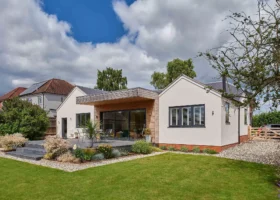

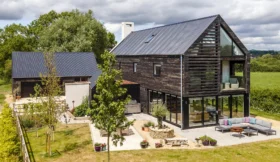
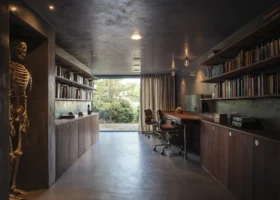
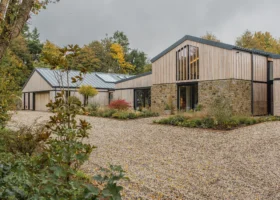

























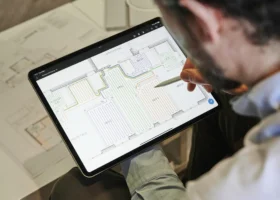

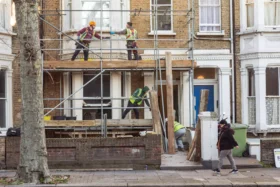




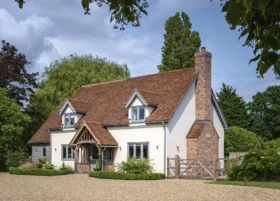


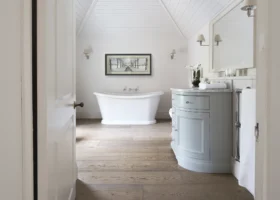































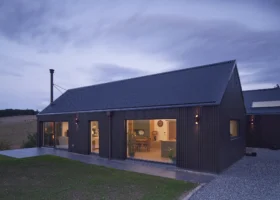
















 Login/register to save Article for later
Login/register to save Article for later

